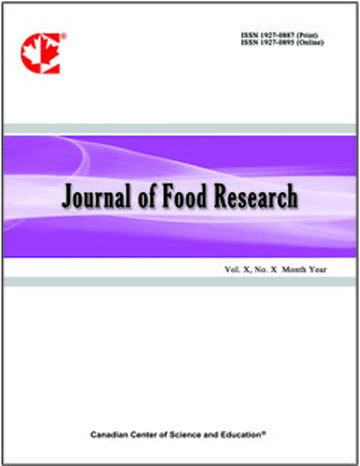Electro-Catalytic Production of Lactulose: Statistical Modeling and Experimental Validation
- Amara Aissa
- Mohammed Aider
Abstract
Full factorial experimental design was used to optimize the operating conditions of lactose converting into lactulose under electro-activation conditions. The ANOVA showed a high correlation coefficient R2 (0.9889) and a low root mean square error (1.4 ± 0.15%) values for the regression model of the experimental design, indicating the good predictive nature of the model. The obtained results after optimisation showed that the optimum electro-isomerization conditions are the electric current of 300 mA, temperature of 10 °C, and reactor configuration in which a cation exchange membrane separated the central compartment from the cathodic one in which the electro-isomerization reaction was conducted. According to the optimized conditions, the maximum lactose conversion into lactulose was 30 ± 1.23%. As by-products of the electro-activation, only small amounts of galactose were observed.
- Full Text:
 PDF
PDF
- DOI:10.5539/jfr.v3n1p70
Index
- AGRICOLA
- BASE (Bielefeld Academic Search Engine)
- CAB Abstracts
- CAB Direct(CABI)
- CAS (American Chemical Society)
- CNKI Scholar
- Electronic Journals Library
- EuroPub Database
- Excellence in Research for Australia (ERA)
- Google Scholar
- JournalTOCs
- Mendeley
- Mir@bel
- Open policy finder
- Scilit
- Ulrich's
- WorldCat
Contact
- Bella DongEditorial Assistant
- jfr@ccsenet.org
